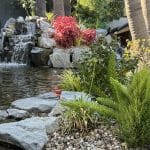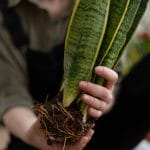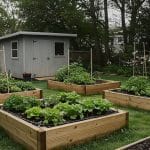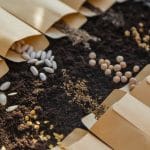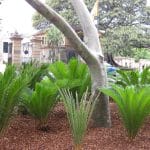Designing and Building a Greenhouse
DIY Projects
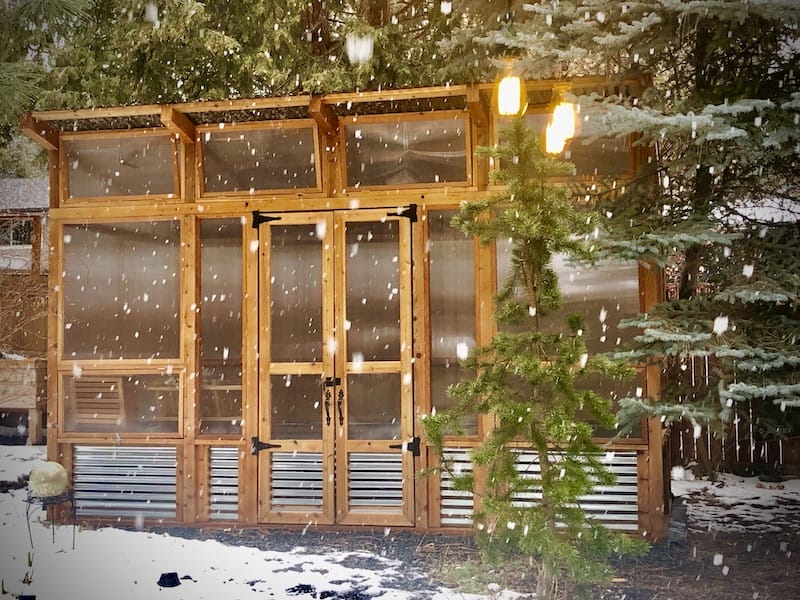
Building Our First Greenhouse (And Filling It With a Mountain of Soil)
When I finally had a greenhouse built, I went big enough that it felt like a valid extension of the garden — 8 feet tall, 8 feet wide, and 16 feet long, capped with a lenticular transparent roof that let the light pour in. Inside, I built raised beds in an L-shape, which required a substantial amount of soil to fill, but once it was in place, everything thrived as if it had been waiting for that space all along.
To avoid babysitting it every sunny day, I added a temperature-controlled vent opener — a clever little solar-powered gadget with a gas-filled cylinder that expands when the air heats up, pushing the vent open, then contracts as it cools, allowing a spring to close it again. No wires, no electricity, no fuss. Just plants growing in steady conditions, without me sprinting out there every hour to crack the door.
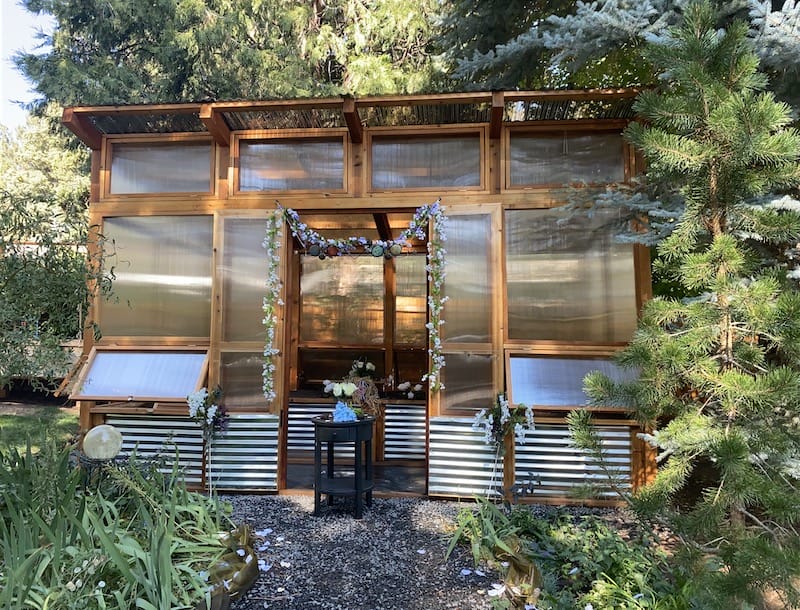
Our First Greenhouse
Inside Our Finished Greenhouse
Picking the Right Greenhouse
The kind of greenhouse you build depends on your space, budget, and ambition.
- Hoop houses: Easiest entry point. PVC or metal conduit bent into arches, covered with polyethylene sheeting. Cheap, forgiving, and great for season extension.
- Lean-to greenhouses: Ideal for those with limited space. They use an existing wall (like a garage) and borrow its heat.
- Prefab kits: You’ll see these at garden centers and online. They’re sturdier, with panels and frames that can withstand snow and wind better than plastic film.
- DIY salvage builds: My favorite style of greenhouse is one made from old windows, doors, and recycled lumber, which can create a charming, thrifty, and completely one-of-a-kind greenhouse.
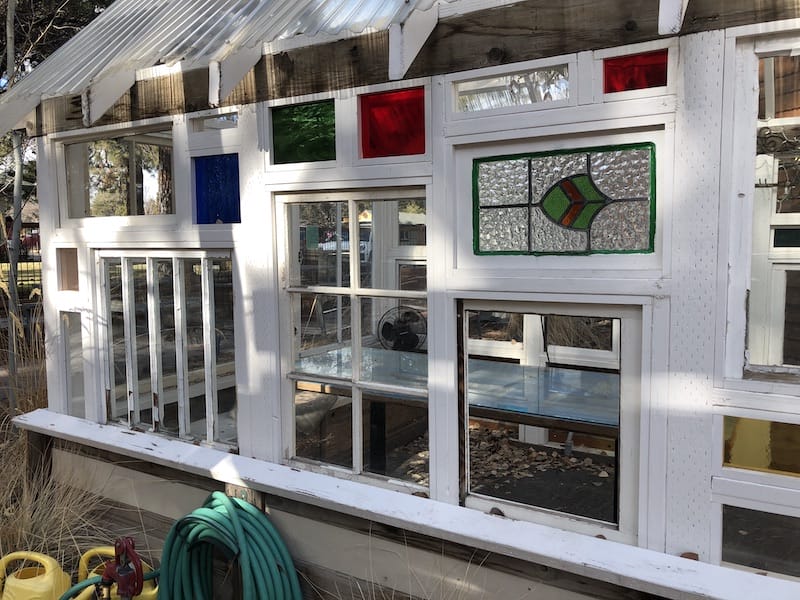
We Found This DIY Greenhouse In Sisters, Oregon
Location and Setup
Before you start hammering, consider where it will sit.
- Sunlight: A south-facing location is the sweet spot if you’re in the Northern Hemisphere. Avoid too much shade from trees or tall fences.
- Wind: A greenhouse is basically a big sail in a storm. If your yard is windy, brace it well or tuck it into a protected corner.
- Access: Ensure you can run water and, ideally, have a power cord available. Hauling buckets loses its charm fast.
- Flooring: Gravel drains well and keeps mud down. Bare soil works fine, especially if you’re planting directly in the ground.
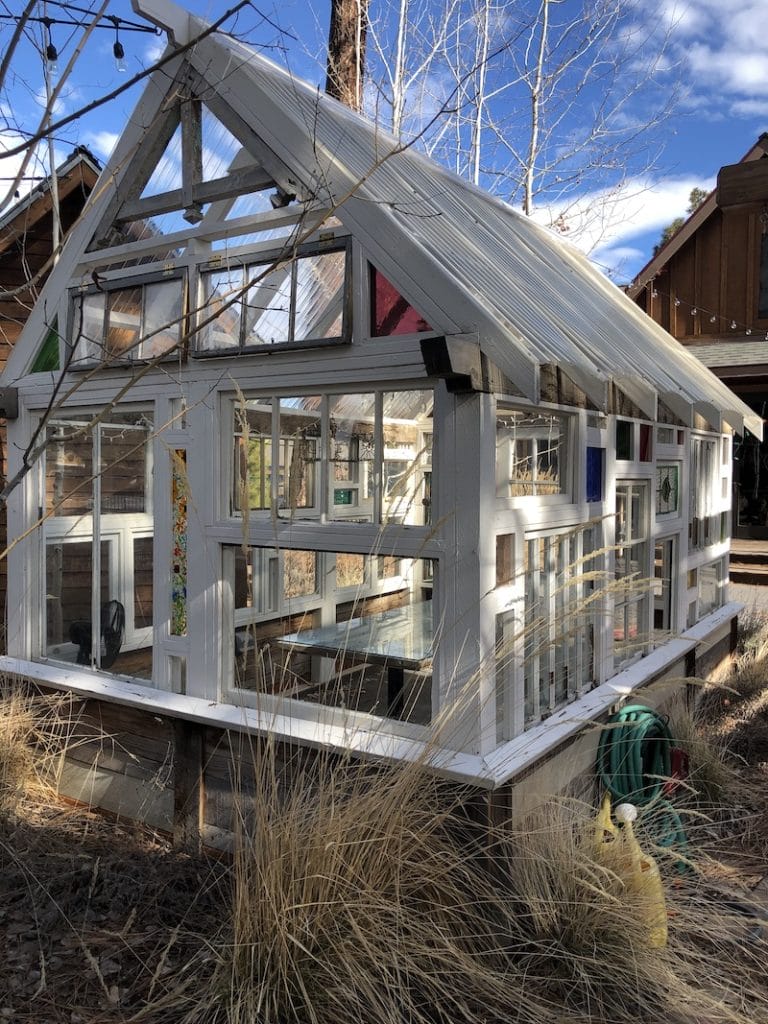
Temperature and Ventilation
Here’s where most first-timers hit the wall. A sunny April afternoon can turn a greenhouse into a convection oven. You’ve got to move air.
- Natural ventilation: Doors, roof vents, and side vents are the most cost-effective measures. Hot air rises — give it a way out.
- Fans: A simple box fan can save your plants in summer. Larger setups may need exhaust fans on one side and intake vents on the other.
- Shading: Shade cloth is stretched across the top blocks, allowing just enough light to keep things from frying. Greenhouse shading paint is another option — it’s applied by brush or spray and can be easily washed off later. Cloth is flexible, and paint is lower-maintenance.
- Evaporative cooling: Even a little misting kit can cool the air as water evaporates. Larger houses sometimes use “wet walls,” but that’s overkill for most backyards.
- Heating: At the other end of the year, heat is the challenge. I’ve seen everything from electric space heaters to propane units to black-painted water barrels that soak up heat during the day and release it at night.
The USDA points out that managing greenhouse climate is all about balance: ventilation for cooling, heating for stability, and shading for moderation [UMass Amherst source].
Humidity Control
High humidity is great for orchids, not so much for lettuce. It also invites fungal diseases.
- Target range: A relative humidity of 65–80% is suitable for most crops.
- Airflow: Fans and vents prevent damp pockets where mildew thrives.
- Water timing: Water in the morning so plants dry before nightfall.
- Spacing: Don’t cram plants too close — let the air circulate.
- Tools: A cheap hygrometer tells you when things get too damp. In winter, a small dehumidifier can be helpful if you can’t ventilate your space effectively.
Watering in a Greenhouse
Watering is trickier inside than outside. Rain never helps you.
- Check first: Use your finger, a probe, or a meter.
- Deep, not shallow: Saturate until water drains out, then wait. Roots grow deeper this way.
- Aim low: Water the soil, not the leaves. Wet leaves = disease.
- Seasonal shift: Expect daily watering in summer and possibly weekly in winter.
Soil and Growing Media
Don’t bring tired backyard soil into your greenhouse.
- Mixes: Use lightweight potting mixes for containers. For raised beds, blend compost, biochar, and aged manure for a “super soil.”
- Organic matter: Keep feeding the soil — compost, worm castings, kitchen scraps turned into humus.
- Fertilizer: Slow-release organic blends, compost tea, or kelp meal are all effective options.
- pH checks: Simple soil tests indicate whether you’re drifting too acidic or alkaline. Amend with lime or sulfur as needed.
Pests and Disease
The walls don’t keep everything out. In fact, pests sometimes do better inside if you’re not vigilant.
- Cleanliness: Sweep floors, wash pots, and remove plant debris.
- Monitoring: Sticky traps indicate whether fungus gnats or whiteflies have arrived.
- Spacing & airflow: Reduces fungal problems.
- Biological help: Ladybugs, parasitic wasps, and predatory mites can keep pests in check.
- Quarantine: Don’t bring new plants straight in — give them a week apart first.
- Last resort: Use gentle sprays, such as neem oil or insecticidal soap, if necessary. Rotate products to avoid resistance.
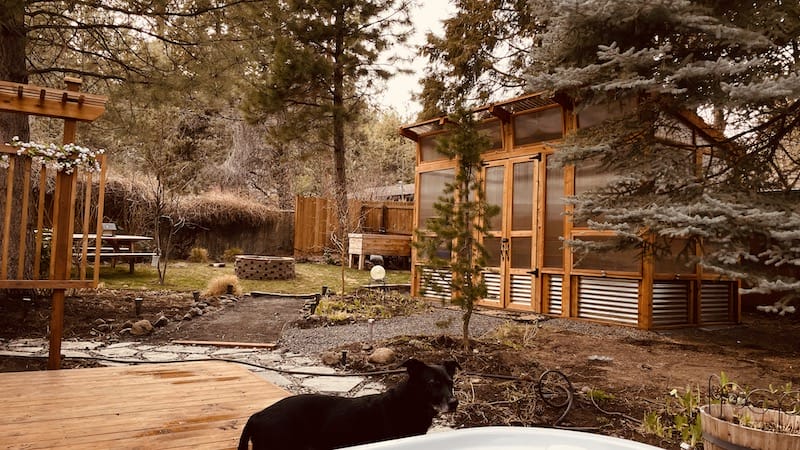
What to Grow
If you’re new to greenhouses, start with crops that are forgiving of mistakes.
- Veggies: Tomatoes, peppers, cucumbers, leafy greens, and arugula.
- Herbs: Basil, parsley, sage, thyme.
- Flowers: Geraniums, African violets, roses.
- Seed starting: Give seedlings a head start by starting them weeks earlier than outdoors.
- Overwintering: Citrus, hibiscus, and other tender plants can be protected from the cold by being brought inside.
FAQs About Greenhouse Gardening
Do I need to heat my greenhouse in winter?+
How do I keep my greenhouse from overheating in summer?+
What’s better: shade cloth or greenhouse paint?+
Can I grow food year-round in a greenhouse?+
Will a greenhouse survive snow and wind?+
Wrapping It Up
Building a greenhouse is like building a room for your plants. You don’t need glass walls or a commercial setup to get started — a simple plastic tunnel can change your season. But once you have one, you’ll begin to notice all the little balances: heat vs. airflow, humidity vs. dryness, pests vs. predators.
That’s the fun of it. A greenhouse is less about locking nature out and more about learning how to shape a small piece of it for yourself.
Share this post
All categories
More From The Garden
Disclosure: This post may contain affiliate links. That means if you click and buy, The Bright Garden may earn a small commission, at no extra cost to you. We only recommend products we’ve vetted and believe will benefit our readers.


